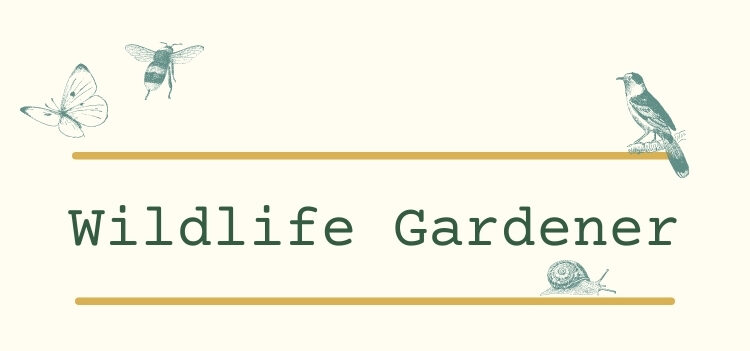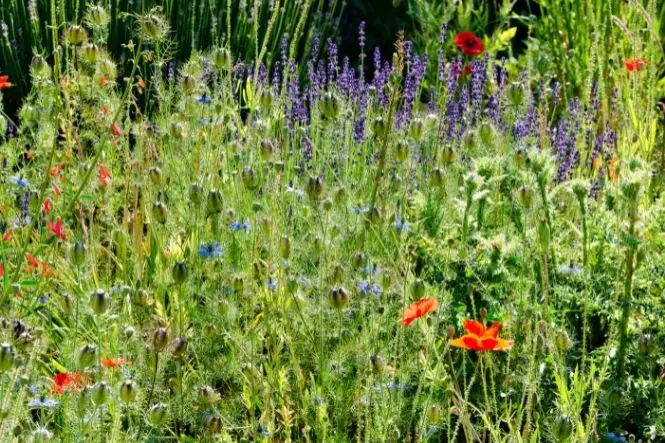When it comes to creating an ideal wildlife habitat in your garden you need to consider the following – water, food, shelter and space.
Planning Your Wildlife Garden
You need to think horizontally and vertically when considering the area of your garden in which you’re planning to attract wildlife to. By horizontal, this means the area of ground at soil level, both length and width, you have to play with and the vertical means from the soil up to the canopy formed by the highest branches of any trees. There’s also the other ‘bits’ – those smaller trees and shrubs where certain species live and the area beneath the soil too. Shrubs and trees are the main two components of wildlife garden design as they provide shelter and are also excellent sources for finding food.
Things to Consider
When planting trees and shrubs, you need to ask yourself how much shade from the sun they’ll provide, if they’ll attract food sources and whether or not they’re evergreen or do they shed their leaves in autumn. These questions will all have a major impact upon the kind of habitat you’re looking to create. The type of birds you may want to attract will also have an implication for the type of trees you may wish to plant. Some birds prefer berries, for example, others like an intense concentration of trees whilst others prefer open meadow land so it’s important to gain an understanding of a particular species of bird’s nesting habits. It may well be that your best option would be to build or make a bird box. Think about feeders. Different species of birds prefer to feed in a particular way. Some like clinging onto bird feeders, others like bird tables and some prefer to eat on the ground. On this note, what type of food are you going to put out? Not all birds like the same food.
What about butterflies and bees? If you want these to grace your garden, you’ll need to include nectar bearing plants and, as far as bees go, if you use insecticides you may need to rethink your strategy about effective pest control or you may end up killing them off. If you want to attract toads, frogs and newts etc., you’re going to need a pond with shade nearby and which is designed to provide easy access to and from water and land.
Small mammals are usually able to fend for themselves more readily but if you aim to attract more into your garden, remember that it’s highly likely that you could be attracting rodents too which might be something to bear in mind.
What is important overall is to strike the perfect ecological balance so that the 4 basic habitat needs are met for all the creatures you intend to ‘invite’ into your garden. No doubt, you’ll want to attract some species more than others but, as a consequence of designing the right setting for those whom you wish to set up residence in your garden, you might also be creating the perfect environment for others whom you regard as a menace or pest. Doing your research first and adapting that to suit both the size and the composition of your garden will be important and it’s well worth seeking advice from your local garden centre first before putting any plans into action.

